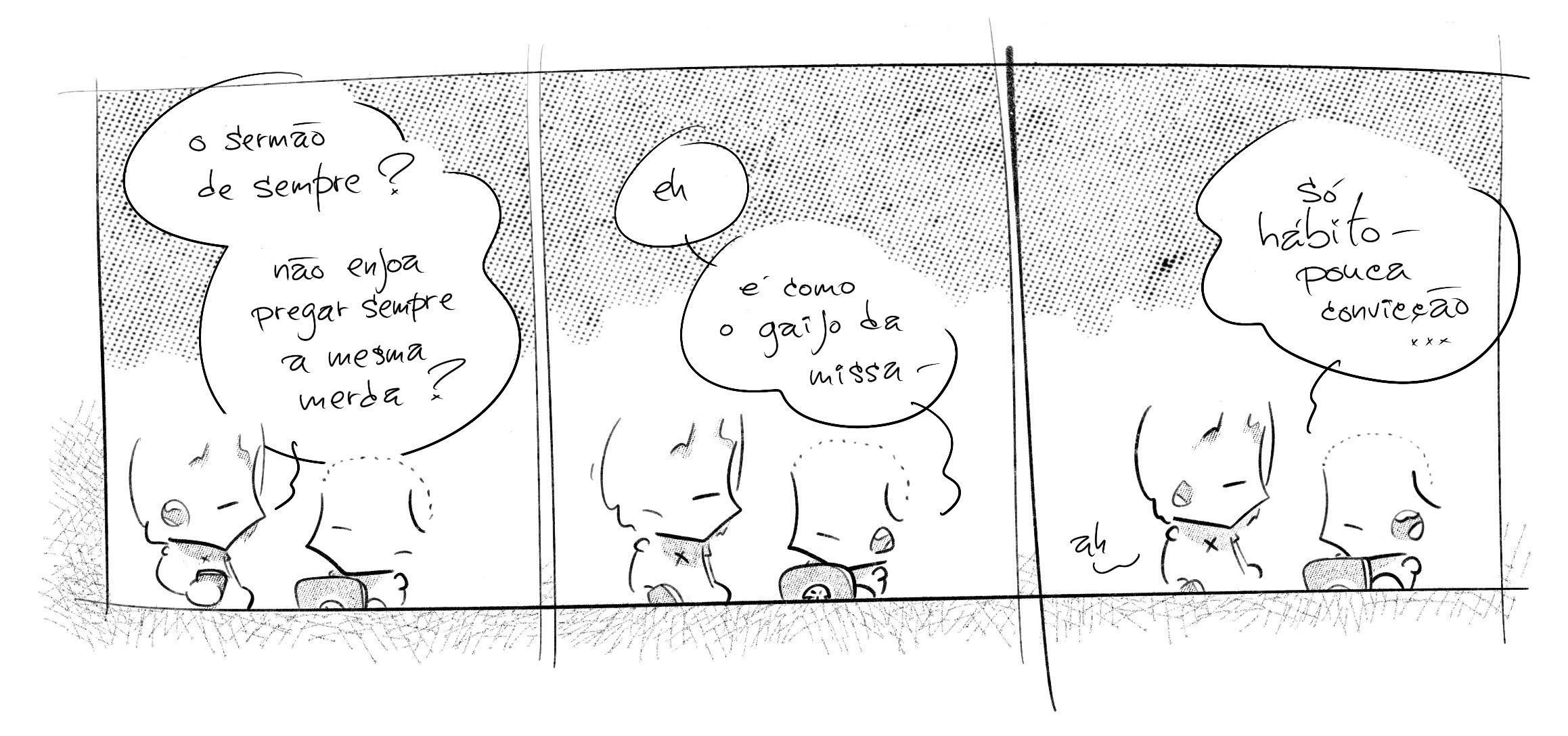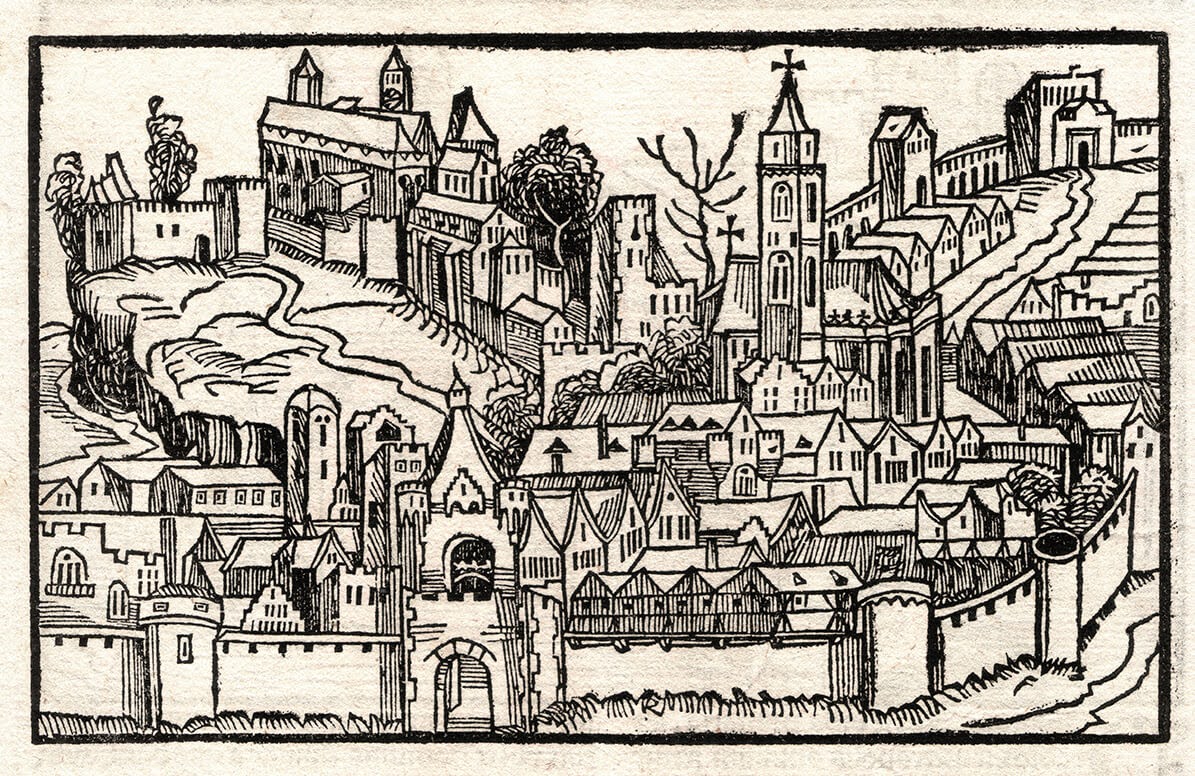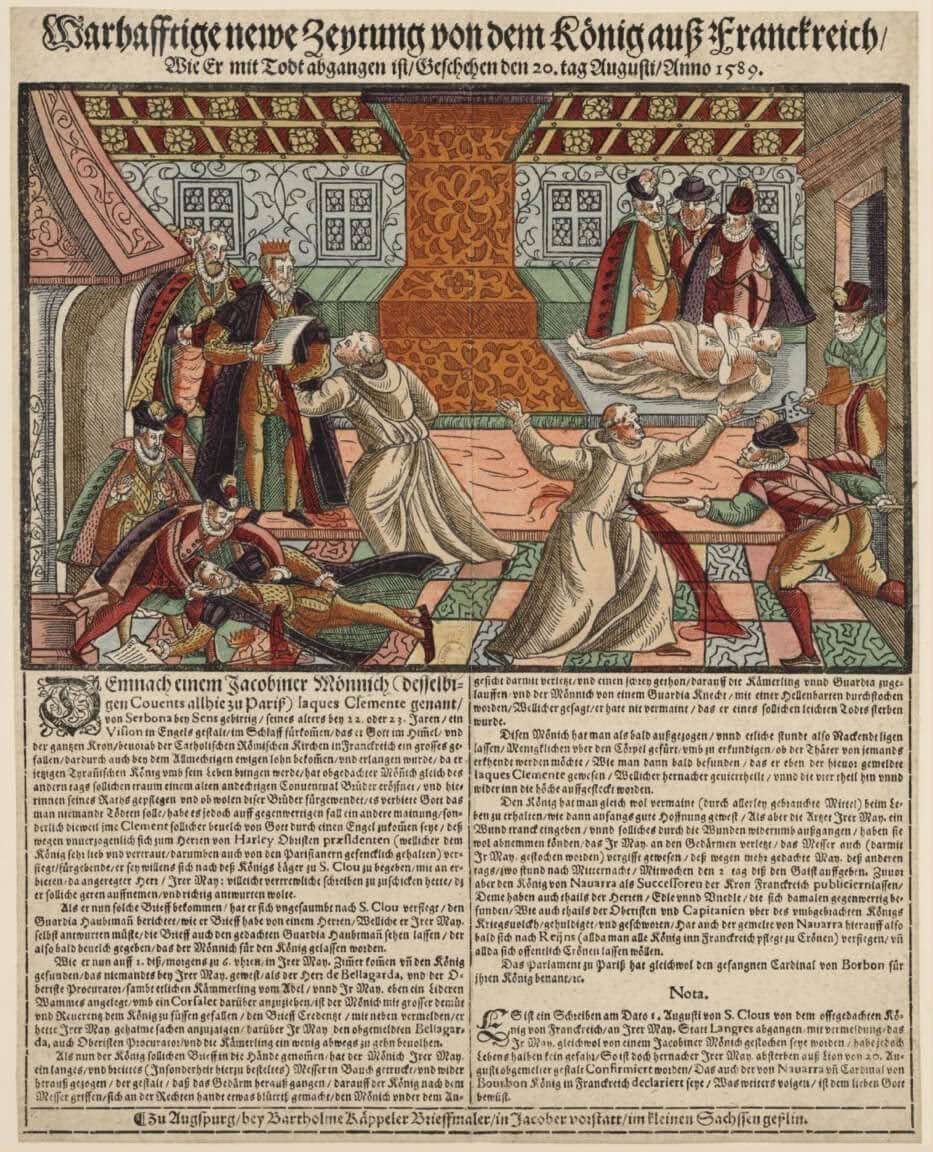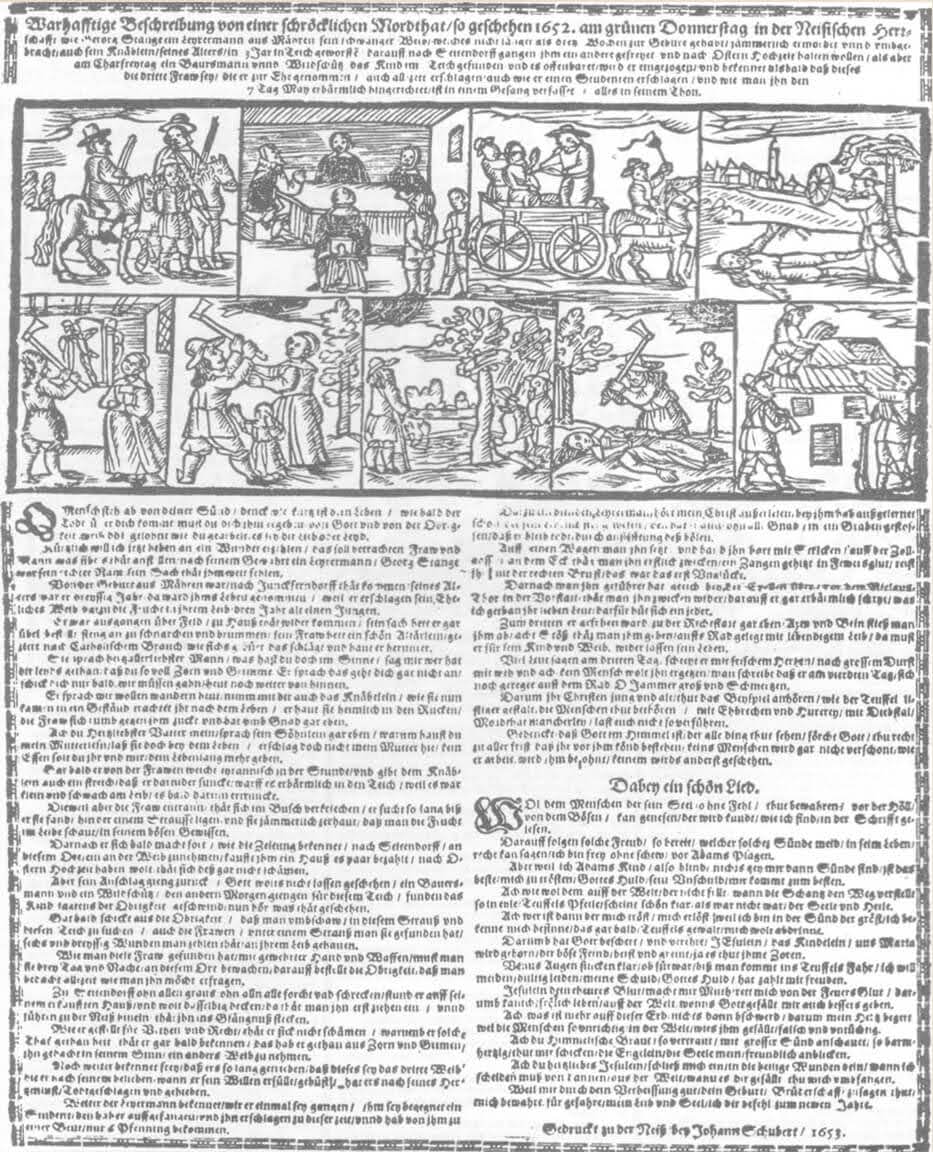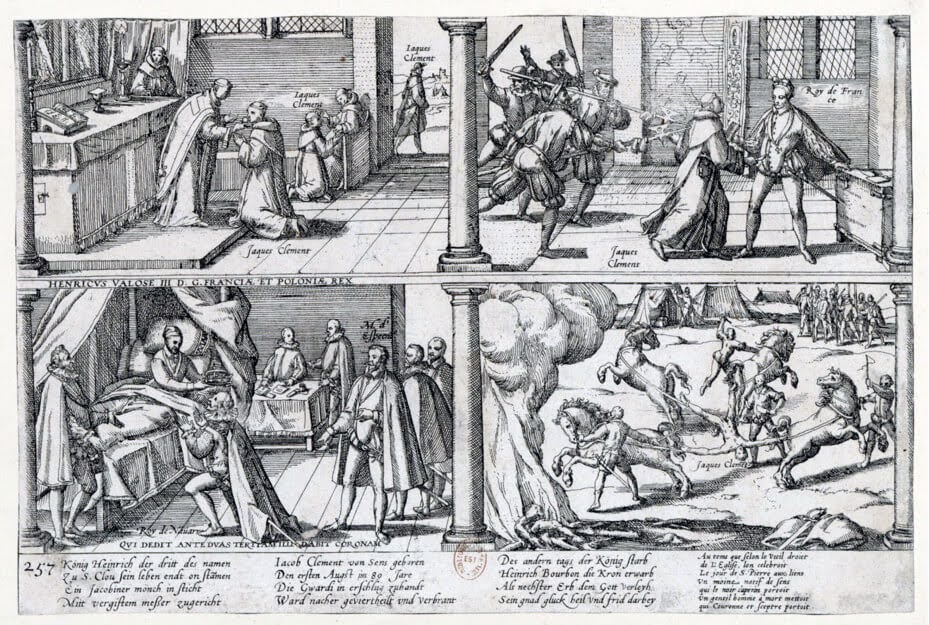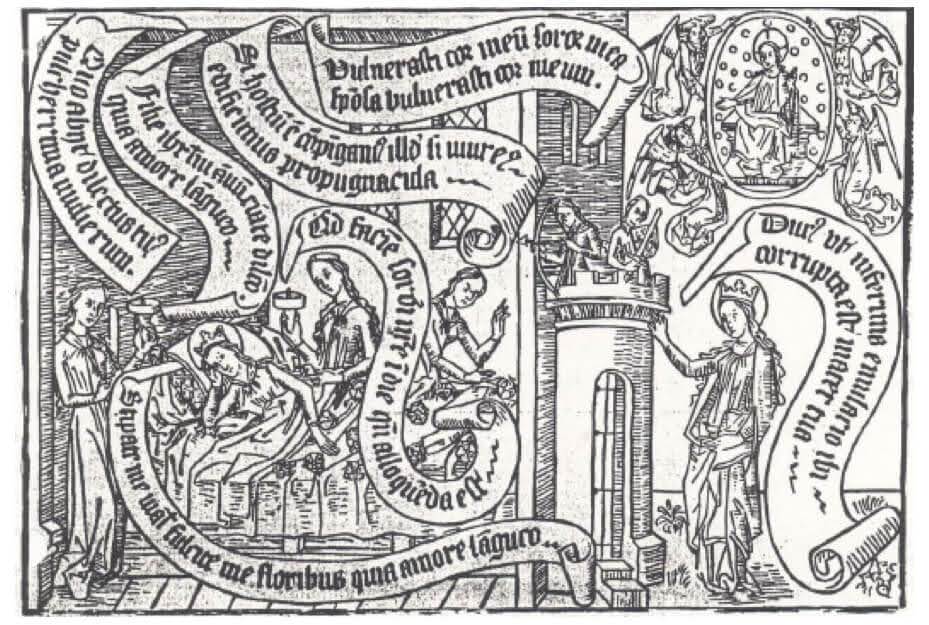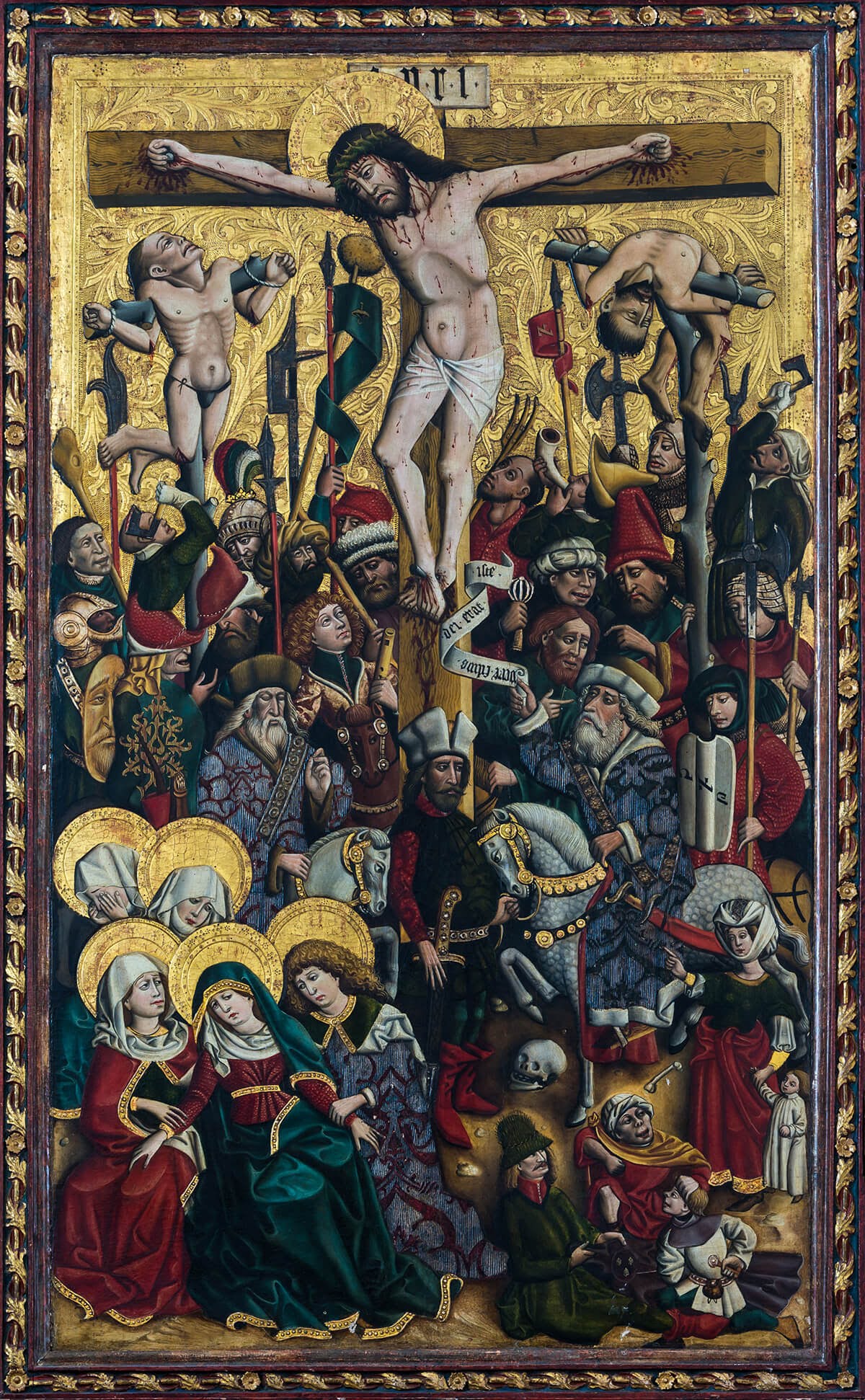media-vais modernos
Hoje: a porção de graças que devemos à máquina burocrática da cristandade pelos comics. Seguindo dos finados do Império e desligar de luzes, começamos do "important phenomenon of monasticism" para a BD. Dos artistas,
A movement began, initially in Egypt, of people who felt they could only earn redemption by following a path away from the earthly success of the bishop. They would leave the towns for the desert, where they would live on bread and water brought to them by sympathisers, dress in rags and reject any sexual activity.
Jonathan Holslag in “A Political History of the World” 2018
Ah!... Agora mais a sério, devidamente reabsorvidos na máquina e reorganizados para conveniência de todos, todos esses ermitas tornam-se clusters de exilados da vida, entretidos com nada mais do que orações, cerveja, o que plantavam na horta não sabemos, e um sentido de missão...
Monasticism had another longer term consequence. They became havens in which scholars could find security as the empire collapsed around them. While secular libraries burned, some monastic libraries survived. The network of religious establishments, sustained by the surplus from the exploitation of their own labour forces and coordinated by the hierarchy of bishops with the pope at the top, became a powerful participant in the scramble for wealth and privilege across western Europe for the next 1,000 years.
Jonathan Holslag in “A Political History of the World” 2018
O pesar da igreja nesses mil anos fez-se pelos conteúdos, e esses moldaram formas na eterna necessidade de atrapalhar leigos ou curiosos. Enter comics.
Knowledge was not yet produced scientifically, i.e. empirically and by induction, but relied on facts and concepts that were authorized by ancient philosophy or scripture. The biblical stories narrated in pictures on the walls, altars and windows of medieval churches were considered to be valid historical knowledge.
Dirk Vanderbeke in "Before They Were Funnies: Pictures and Stories in the Middle Ages and Early Modern Times" 5 out 2020
Vocês conhecem a timeline: as grutas de Lascaux, tapeçaria de Bayeux, os desenhos de William Hogarth, outros primos. A preencher géneses medievais em frentes a que somos particulamente sensíveis por estas bandas, engraçámos há algum tempo atrás com um paper reproduzido no TCJ 5 out 2020, versão abreviada do mesmo no ImageTexT, Interdisciplinary Comics Studies Vol.11 2020. Alternando entre “various features that were later regarded as defining elements of comics”, e a possibilidade emancipante (carga nossa) do meio, algo nos mexe na intersecção dos comics e imprensa:
What is now regularly hailed as the birth of comics, either Rodolphe Töpffer’s charming narratives or the Sunday Supplements of American newspapers, may also be regarded as the final division between information and entertainment.
Dirk Vanderbeke in "Graphic Narratives as Non-Fiction in the Late Middle Ages and Early Modern Era" 2020
Apologistas da relação da BD com panfletos, broadsheets, outros, a importância histórica que o autor atribui na disseminação de notícias ou desassossegos é alimento à alma deste vosso escriba. Mashsup em acelerado:
In my paper, I want to argue that graphic narratives had a long history and played a major role in the transmission of information for adult audiences—religious, historical, political and sensational—before the written word was able to reach a larger part of the population. The middle ages and also the following centuries were saturated with pictures that transported and stored important information. For the population that relied on visual and auditory input, images were the repository of knowledge.
The introduction of printing not only offered the possibility to publish books on a previously unimaginable scale, it also allowed for the production and distribution of decidedly cheaper printed material that could transmit information about, and respond to recent events—be they of political, religious, social, astronomical, criminal, or simply entertaining nature. For the history of journalism, broadsheets and ballad sheets are of particular importance, and over centuries they were among the most momentous media for the distribution of news and information to the general public.
Dirk Vanderbeke in "Graphic Narratives as Non-Fiction in the Late Middle Ages and Early Modern Era" 2020
Seguindo um historial que se estende da Idade Média a finais do século XIX –
Interrompido em inícios de XX quando os comics se tornam "funnies" e "for the following fifty years, comics did not transmit any serious information for adults" até àquele momento definidor ao qual damos aleluias:
In the 1960s with the advent of Underground Comix the medium returned to mature topics and serious narratives, and it is from these works geared for adult audiences that comics developed the new forms of life writing, graphic histories, and comics journalism that have since paved the way for the acceptance of the medium in the feuilleton and scholarly research.
Dirk Vanderbeke in "Graphic Narratives as Non-Fiction in the Late Middle Ages and Early Modern Era" 2020
– destacamos alguns exemplos que anexamos para vossa elevação cultural / espiritual, curiosidades a repetir como peças de conversação a terceiros para ares de erudição se Tintim, reporter fictício, já não carrega a aura nostálgica de outras gerações, ou Raphael Augusto Prostes Bordallo Pinheiro, jornalista, é nome de loiça. Calvários então:
comix medievais: "moralistic propaganda but also a form of entertainment" 2020
Exemplos acima: do texto e imagem demonstrando já "some distinct characteristics and features of modern comics, e.g. early versions of speech bubbles, sometimes called ‘scrolls’ or ‘phylacteries’" 5 out 2020 entre sequências de imagens ou "single-setting narratives". Seguindo desenvolvimentos,
At the end of the 18th century, however, a shift and new trend had become noticeable, and in many publications images and visual narratives had changed their mode and style – they had turned to caricature, humor, and entertainment. The reason can possibly be found in the rise of journals and newspapers aimed at a strictly literate audience. Images were no longer needed and used to transmit stories and serious information, they became an addition to the written word.
Dirk Vanderbeke in "Before They Were Funnies: Pictures and Stories in the Middle Ages and Early Modern Times" 5 out 2020
Segundos depois, recauchutados pela indústria norte-américas e "increasingly regarded as a juvenile medium", nunca mais retornando à seriedade de outras eras como evangelho de massas — pun intended. Para outro dia a importância dos emojis, ainda nos esperam muitas outras pestes nesta história antes de chegarmos às pandemias modernas.
cartoon editorial em 1450 ? wikipedia
